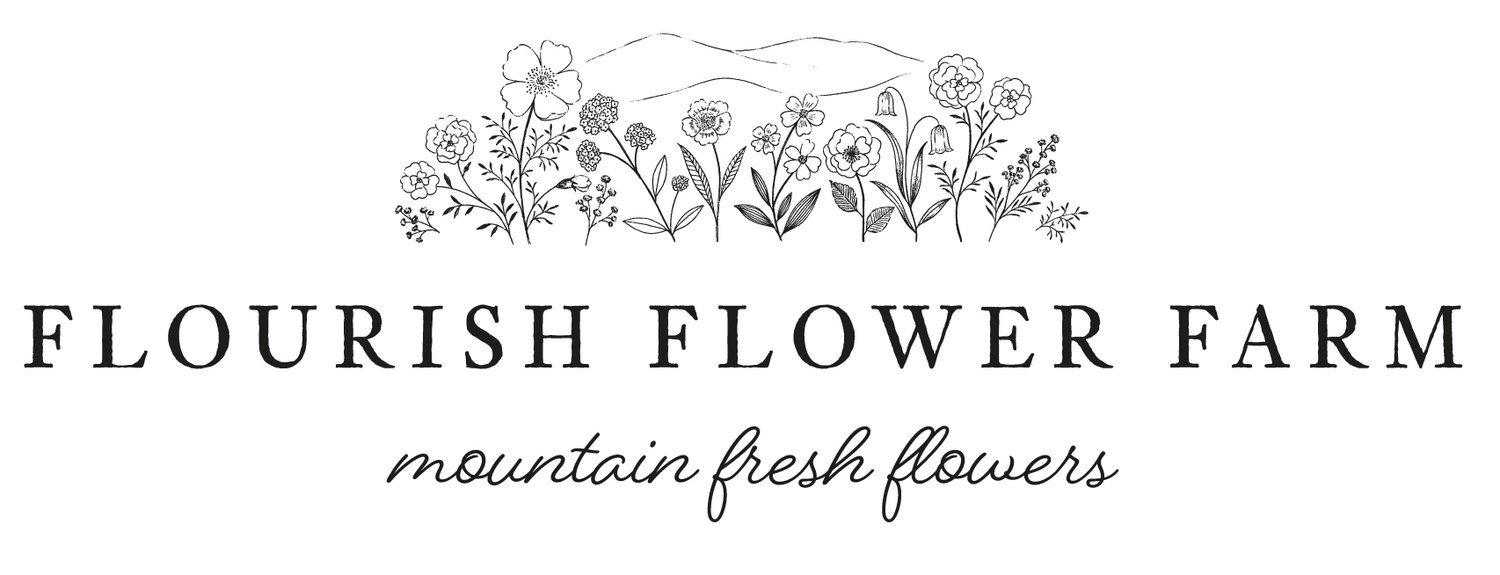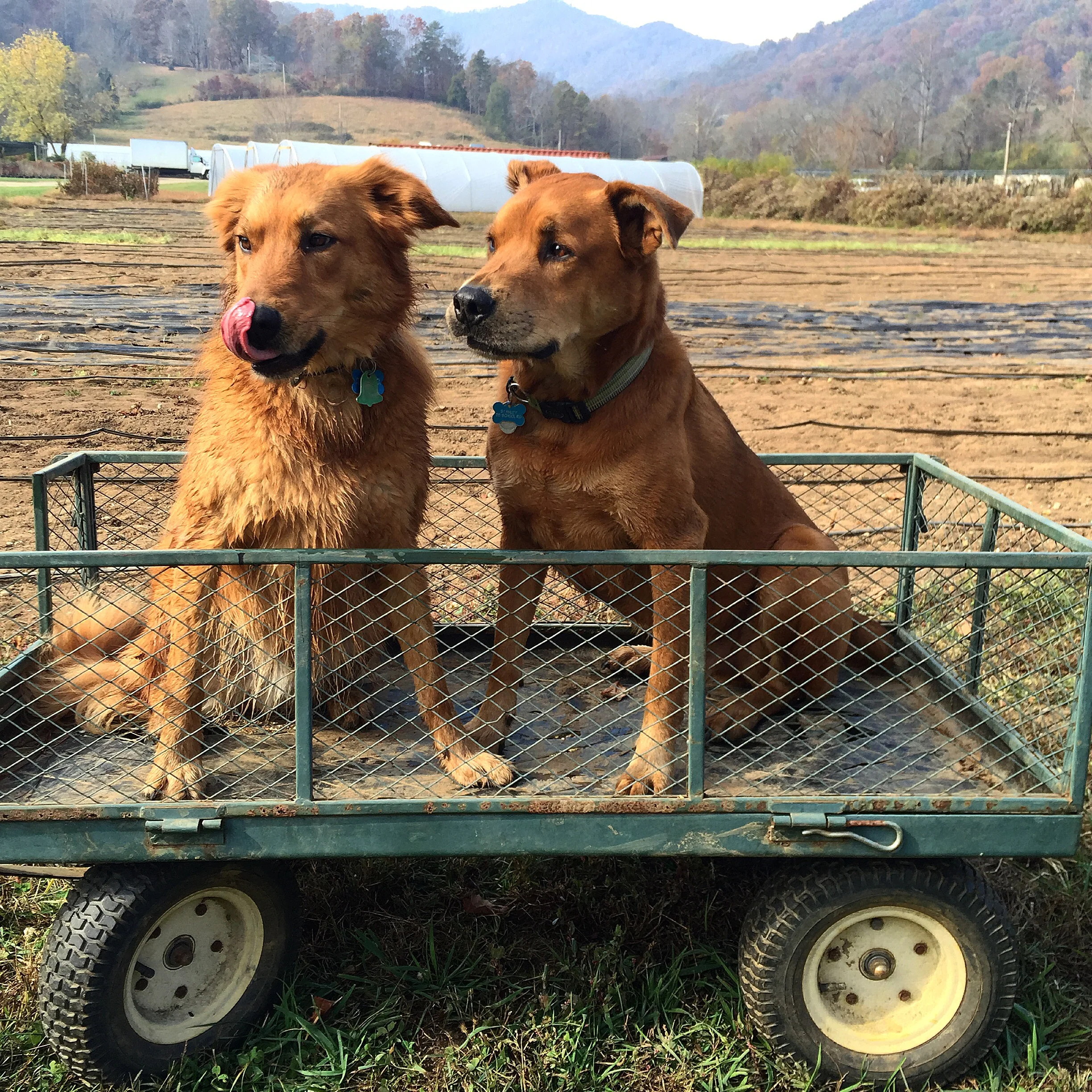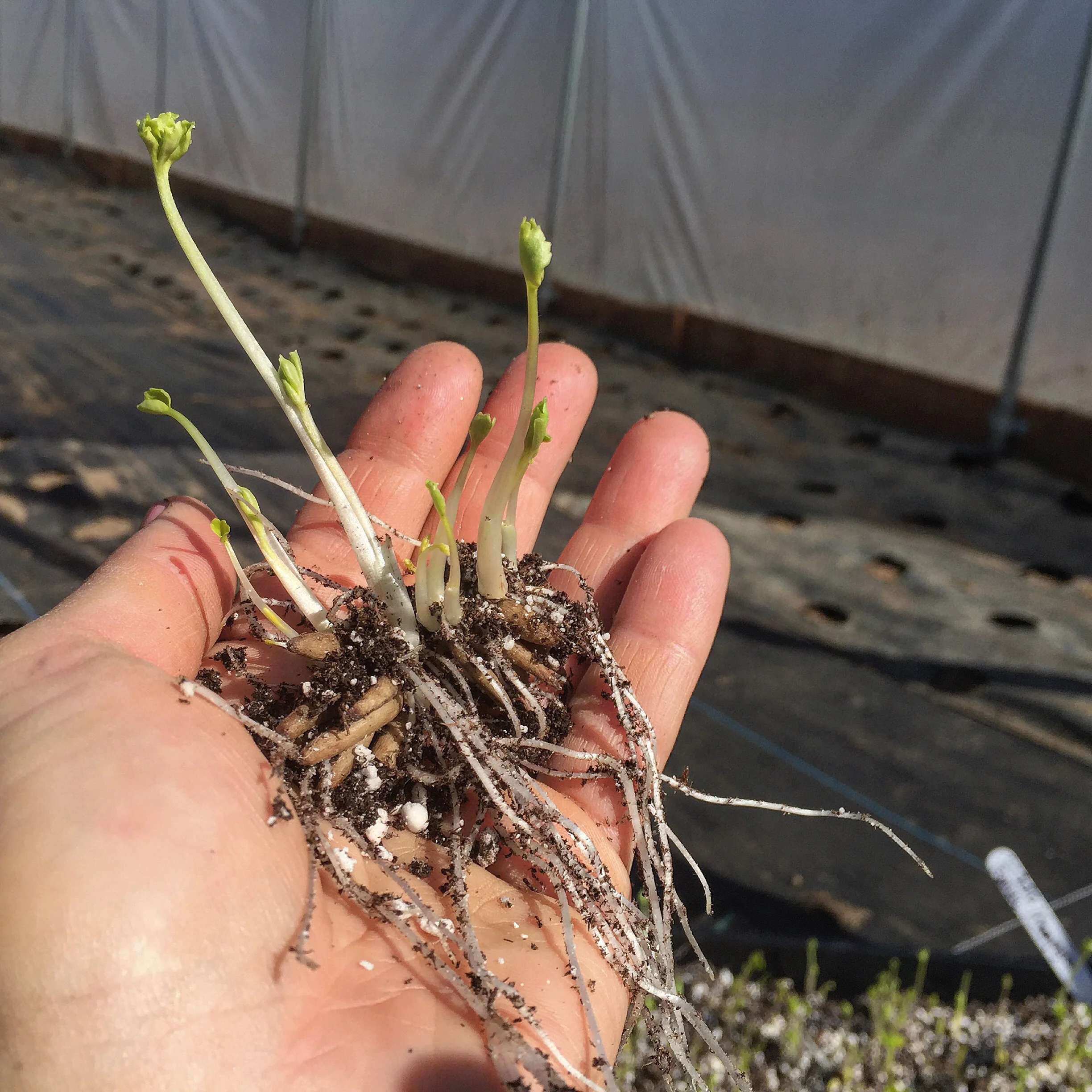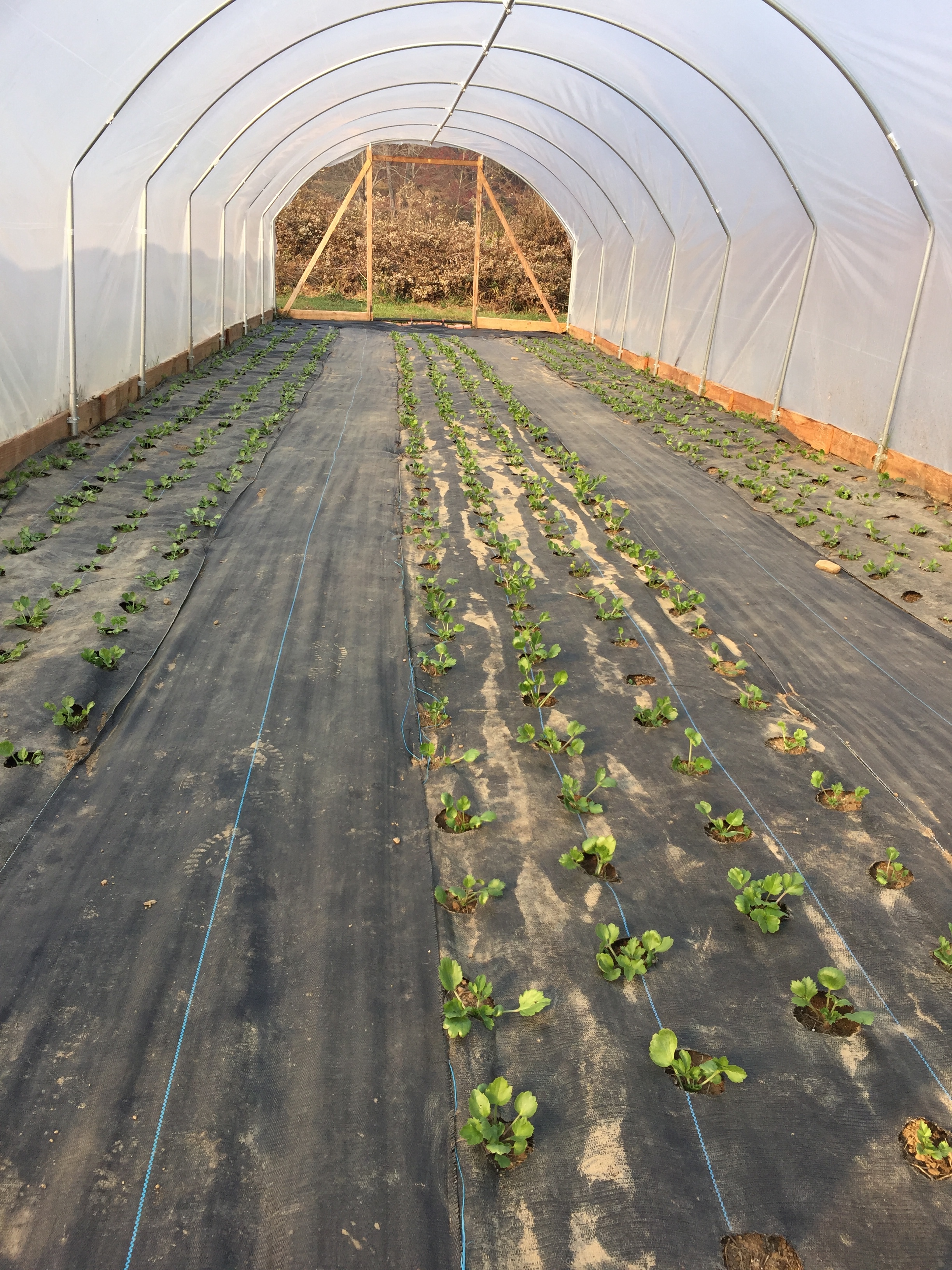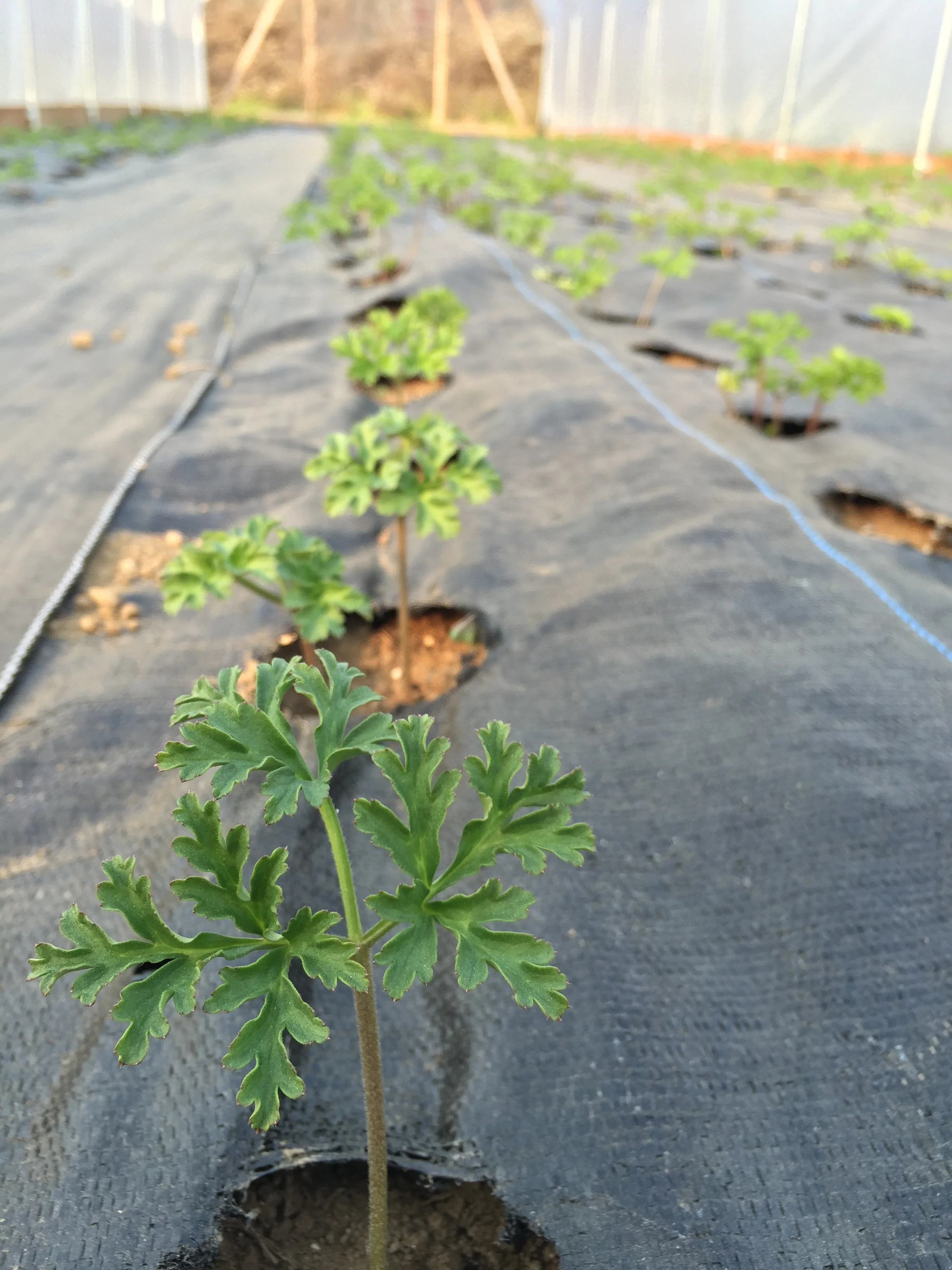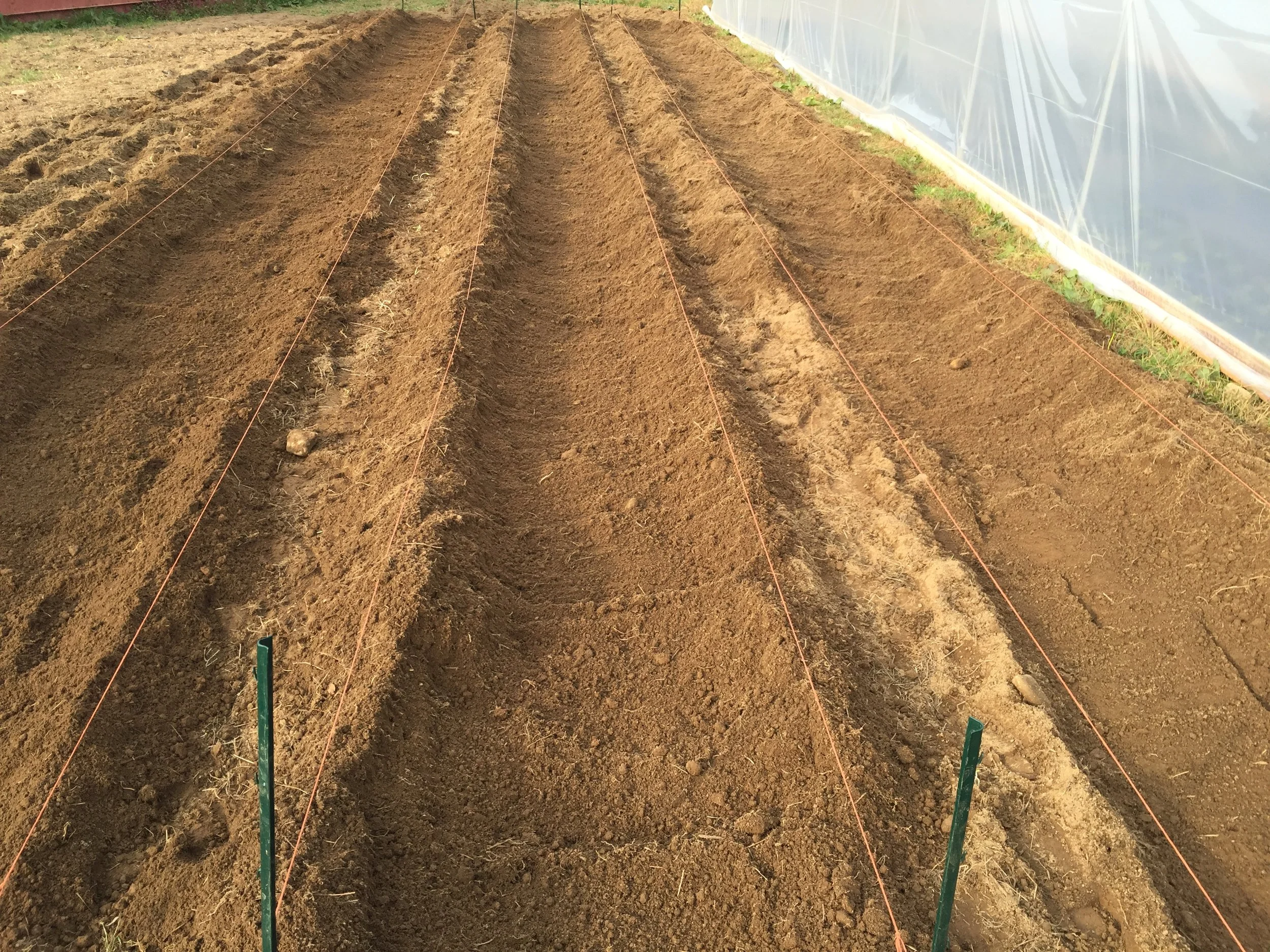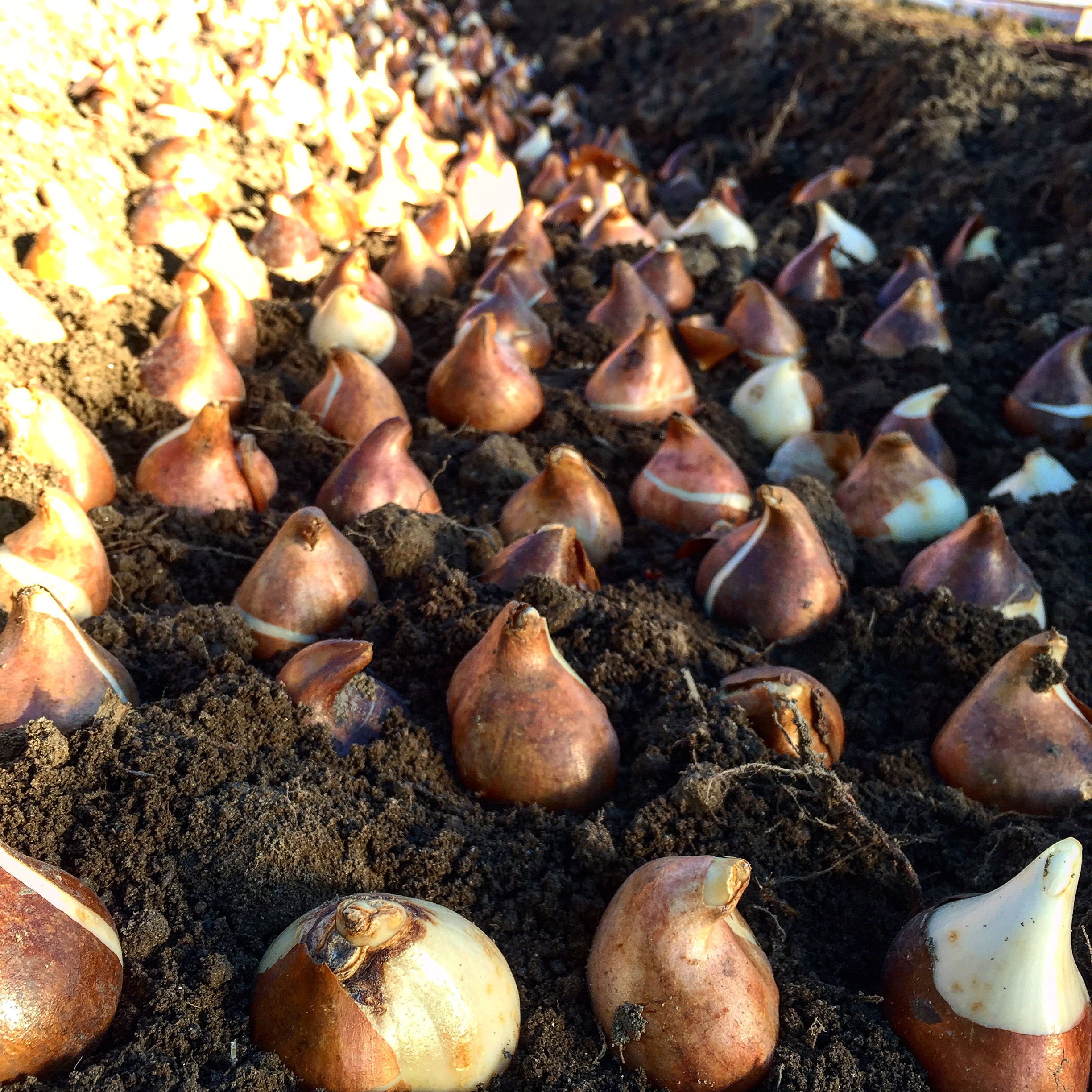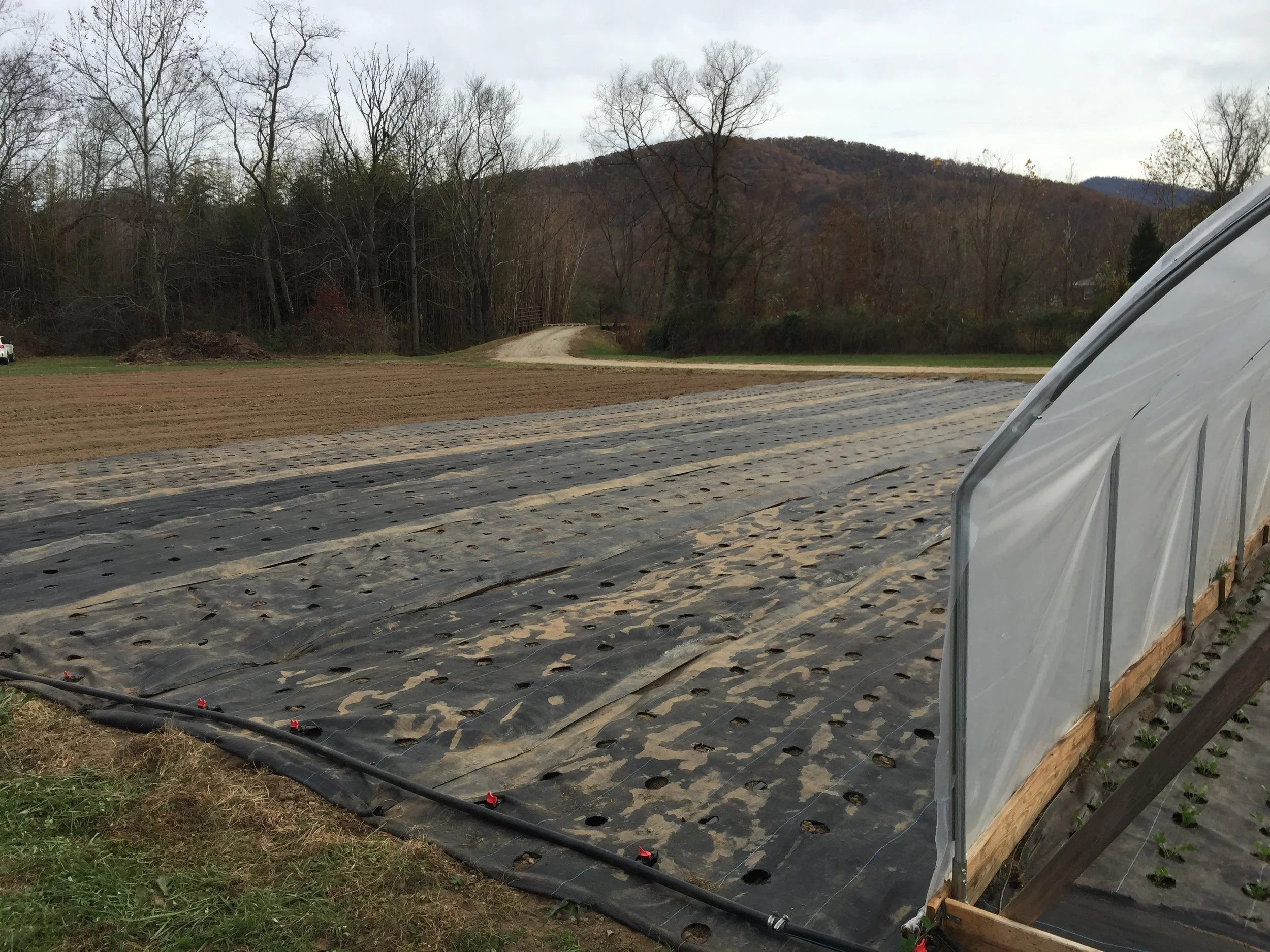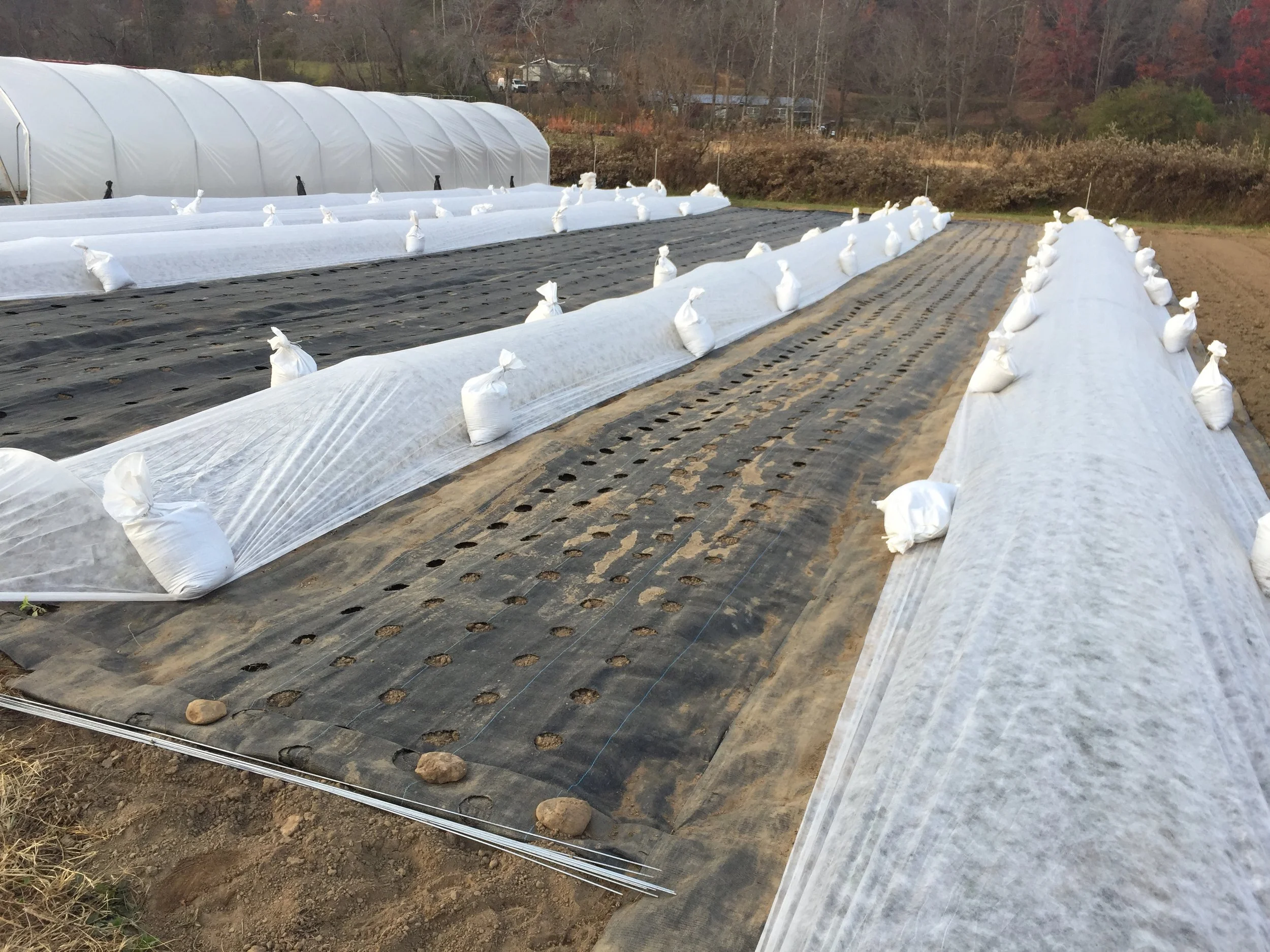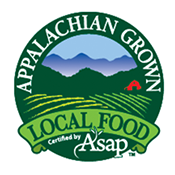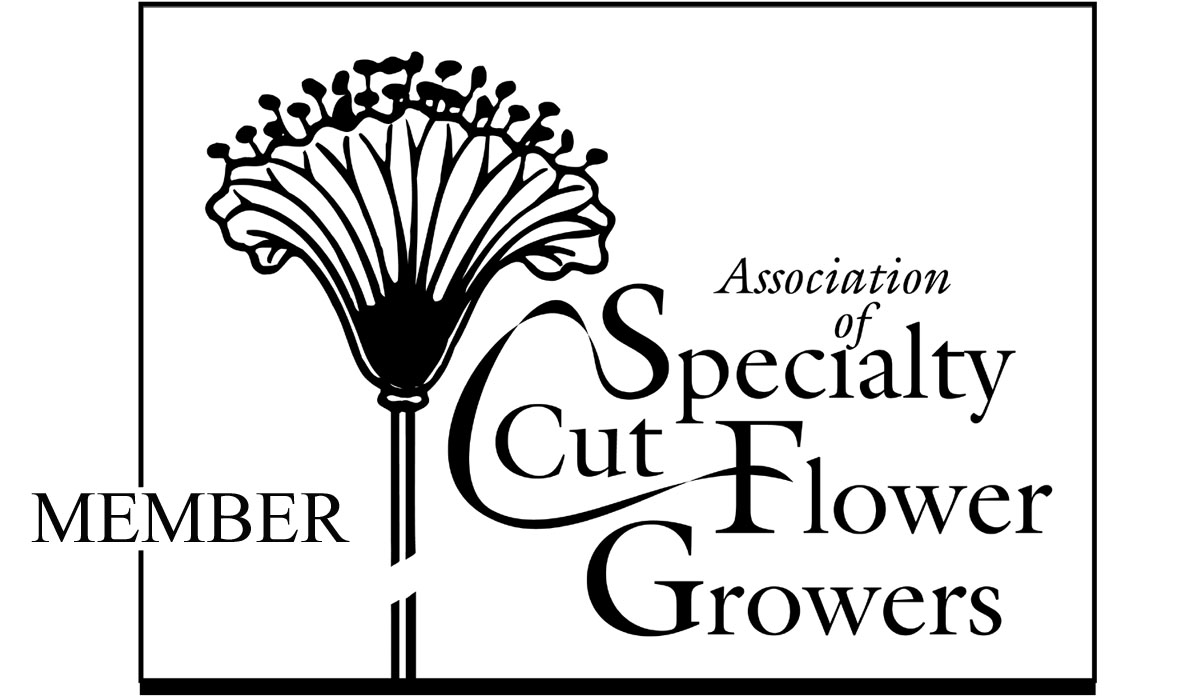What Flower Farmers do in the Fall
/Contrary to what most people assume, fall actually is the busiest season on a flower farm. Even though most of the flowers are done blooming, the backbreaking labor of fall clean up and planting is only just beginning.
This fall has been very unusual in that our first hard frost came on November 11th and it hasn't truly rained since September 27th (there were 2 days between now and then that it rained less than half an inch, but I'm not counting those). If I had known that there would be almost another full month of good growing weather, I would have planted another succession and kept aggressively irrigating. But that's the fun part of farming: there is not a lot of "normal" and always plenty of trial and error.
One of the biggest lessons that I learned this year is that its worth the time to plan ahead (far ahead) so that you're ready to move forward with a solid plan as the season shifts. I am so thankful that I took the time this summer to read Lisa Mason Zeigler's fantastic book Cool Flowers. The wisdom that Lisa shares is invaluable and helped me completely change my fall crop plan. I'm so excited to try out some cool flowers and hopefully have more robust spring plants and earlier blooms.
Here is a recap of my process for fall clean up and planting:
Mid to late September
- Seeded trays of sweet peas, scabiosa, nigella, cornflowers, bupleurum, and larkspur in the greenhouse. This year I put the larkspur and bupleurum seeds in the freezer for about 2 weeks before planting and had 100% germination (which was not the case this spring).
- Ordered plugs for flowers that I wasn't going to start from seed myself
Late September
- Retagged all the dahlias so that I could identify them accurately while they were still blooming
- Started pulling out spent summer plants and adding them to the compost pile
Early October
- Pre-soaked ranunculus and anemone corms (Erin from Floret Flowers has a great explanation of presoaking) and "planted" them for pre-sprouting. I store them in the basement for pre-sprouting and have had great results.
- Re covered the 3rd hoop house that we took the film off of this summer. When I eventually move and rebuild the hoop houses, I will definitely make them all with roll-up sides.
- Continued pulling up annuals from the fields
Late October
- Planted ranunculus and anemone in the hoop houses. I ordered my corms from Gloeckner and Italian Ranunculus - 7 different varieties of ranunculus and 6 of anemone!
- Planted 1 row of sweet peas in the hoop house
Early November
- Dig, label and store dahlias
- Finished clearing all annuals from the fields
- Measured, cleaned off, rolled up and labeled all landscape fabric. Hello soreness! It was worth the time to inventory the fabric as I took it up because now I know exactly the length of each piece.
- Took up and disposed of all drip tape from the fields. I will not reuse the same tape as its too easy for it to crack during storage and then leak. I made the mistake of reusing the same drip tape in the hoop houses this fall, and have been repairing it non-stop. Not worth it.
- Tilled the fields
- Planted bulbs: narcissus, tulips, leucojum, iris, muscari and frittaria
Mid November
- Laid down drip tape, landscape fabric and finally planted cool flowers!
- Lupine, Eryngium (Sea Holly), Larkspur, Cornflowers, Love in the Mist (Nigella), Scabiosa, Snapdragons, Bupleurum, Campanula, Delphinium, Foxglove, Flax, Dianthus and Bells of Ireland
- Added a layer of Agribon to protect the little plants from wind and freezing temps. I'll keep watching the highs and will uncover them as needed.
So things have been just a little busy this fall. The only thing left to do is plant Iceland Poppies, but those will wait until after a much needed vacation.
I am so grateful for all the incredible resources available through the Association of Specialty Cut Flower Growers and Growing for Market. If there is any secret to success in the first year of flower farming - or business in general - its that you must read, research and just be obsessed with learning as much as possible. And then just get out there and do it! Trial and error goes a long way and I've kept a detailed journal of everything from planting, rain, bugs, harvesting and sometimes just plain old gripes to myself - a practice that I plan to continue (the journaling that is, and honestly, probably the griping too).
Year 2 is already off to a GREAT start and it feels amazing to be putting in place the lessons learned. I can't wait! But first, I'm looking forward to vacation in Italy with my hubby and doing a lot of yoga this winter.
xox Niki
